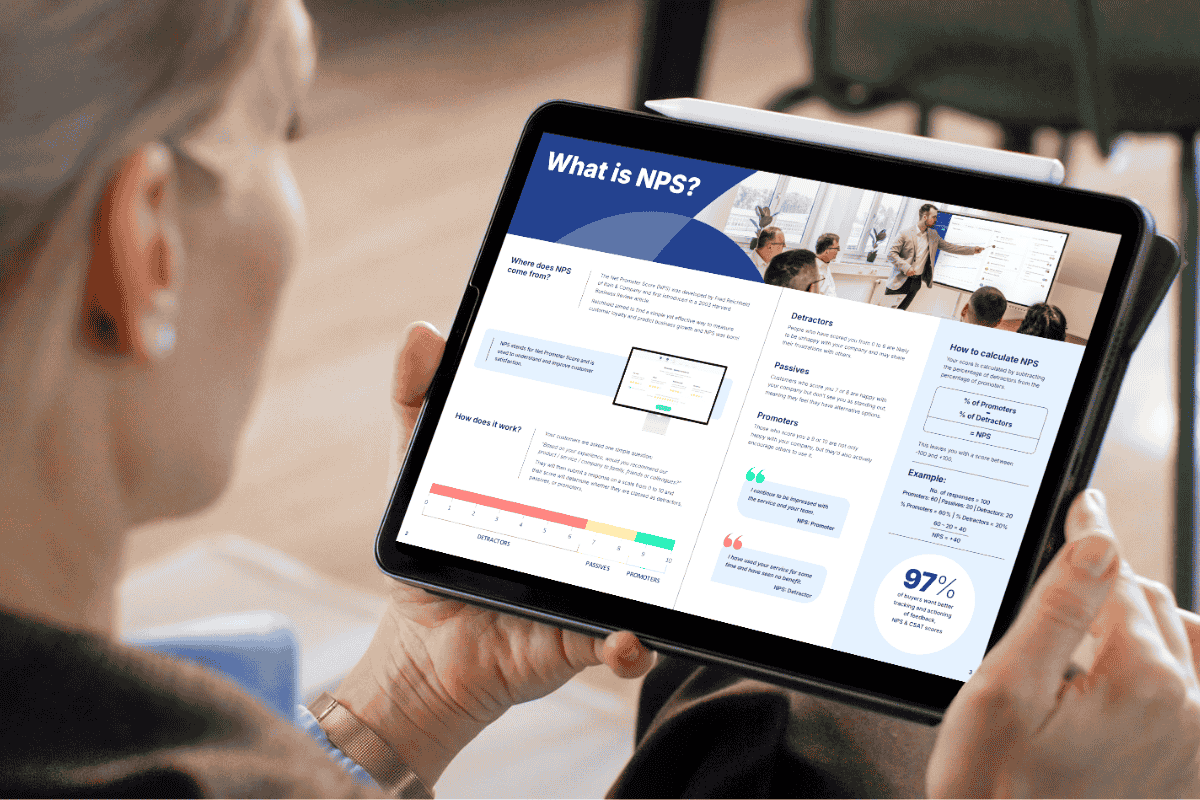
I have seen that the changing economic landscape is putting suppliers under greater scrutiny than ever before. Buyers are looking for partners who can consistently demonstrate value, efficiency and innovation.
According to recent research I provided commentary for, 82% of suppliers report that customers are looking at the value they deliver with much more scrutiny than two years ago, and 86% state that expectations of QBRs have increased in the same timeframe. This shift is evident from the very first stages of engagement; during RFI and RFP processes, buyers want clear evidence of how suppliers will track SLAs, measure impact, and provide structured reporting. In a world where procurement teams are tightening expectations, suppliers who fail to demonstrate this level of structure risk losing out before the contract has even begun. With 71% of suppliers identifying QBRs as their number one opportunity to demonstrate consistent value and innovation, it is clear these meetings are now under the spotlight like never before.
Striking the right balance between data & strategy
One of the biggest challenges I’ve seen for suppliers is striking the right balance between reporting on key metrics and offering strategic consultancy. Many account teams get stuck in operational data, leaving little room for showcasing new products, innovations, or value-added services. Despite this, 66% of suppliers feel they are not spending enough time demonstrating value and showcasing innovation in QBRs, and 61% acknowledge that these meetings are too focused on operational data. This imbalance is leading to disengagement, with key customer stakeholders frequently failing to attend - you need to get the right people in the room.
I’ve found that a clear distinction is needed between operational service reviews and innovation-led discussions, as these may require different sets of stakeholders on the buyer side. Understanding what key decision-makers want from QBRs is crucial. For suppliers, this means adopting a customer-first mindset where meetings become engaged and valuable conversations rather than one-sided presentations. Slides should act as prompts for discussion rather than rigid structures that stifle meaningful dialogue. Leaders must champion this cultural shift, making QBRs a priority and ensuring account teams are equipped to deliver them effectively.
The importance of continuous customer feedback
Capturing customer feedback is another major challenge I’ve observed. Alarmingly, only 28% of supplier organisations report that senior leaders have full visibility into QBR content, outcomes, and customer feedback, leaving many blind to potential risks in their relationships. Additionally, 57% of suppliers admit that they sometimes make commitments to customers during QBRs that are not effectively actioned, causing further dissatisfaction and increasing the risk of churn.
Traditionally, suppliers have relied on annual sentiment surveys, but I’ve seen first-hand that this is no longer enough. Engagement levels are low, and by the time insights are gathered, issues may have already escalated. Suppliers who rely on infrequent feedback mechanisms risk losing visibility into customer sentiment. Instead, I recommend continuous feedback loops, which give suppliers the ability to address concerns in real-time, fostering stronger relationships and increasing retention through QBRs.
QBRs as a driver of retention & growth
The impact of an optimised QBR process extends beyond customer satisfaction. In my experience, a structured and efficient approach to QBRs drives operational improvements, streamlines reporting, and enhances the overall effectiveness of account management teams. This is critical, as 80% of suppliers state that they risk erosion of their profit margins if they are unable to demonstrate consistent value to their buyers. Furthermore, 87% believe they could generate more upselling and cross-selling opportunities if they consistently reached the right stakeholders during the QBR meetings.
I’ve worked with teams who have implemented more consistent, tailored QBR frameworks, and they are already seeing improvements in customer engagement, response rates, and overall satisfaction. More importantly, they are leveraging QBRs as platforms for retention and account growth. Instead of viewing them as routine meetings, they see them as strategic opportunities to strengthen partnerships and build trust.
The time to act is now
As the research highlights, the time for suppliers to act is now. 85% of suppliers believe that improvements to their QBR process would lead to higher rates of customer retention, demonstrating just how vital these changes are. Buyers expect suppliers to deliver structured, insightful, and value-driven QBRs. Those who fail to evolve their approach risk disengagement, missed upsell opportunities, and even contract losses.
By embedding a culture of strategic QBRs, supported by the right tools and a focus on continuous improvement, suppliers can differentiate themselves in an increasingly competitive marketplace. The suppliers that act now will strengthen relationships, grow accounts, and stand out in their industry, while those that fail to adapt risk being left behind.
----
Maggy is Global Service Management Director at Ricoh Global Services, based
in The Netherlands, and has extensive experience spanning support and service
delivery. With a long history in Ricoh services, Maggy is dedicated to fostering
collaboration across cultures, empowering teams, and aligning people and
processes to deliver outstanding service excellence.

